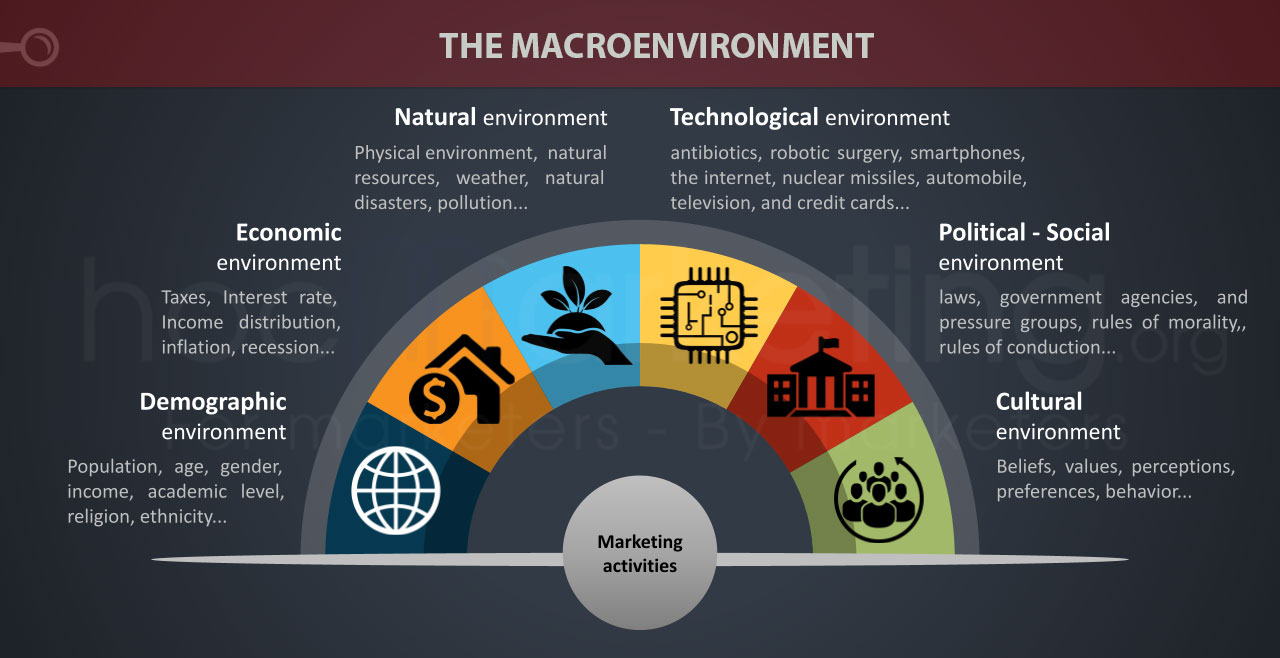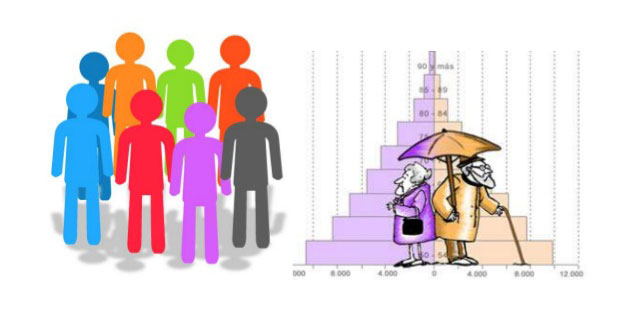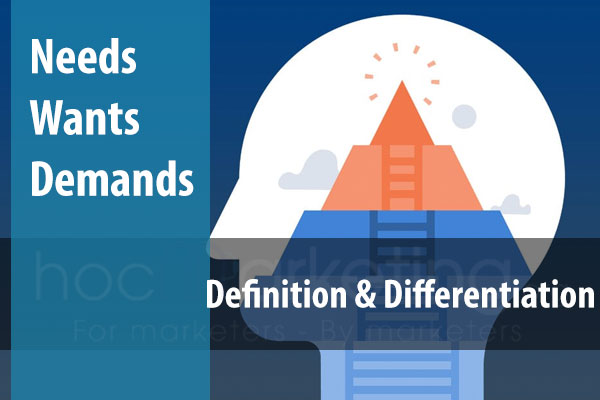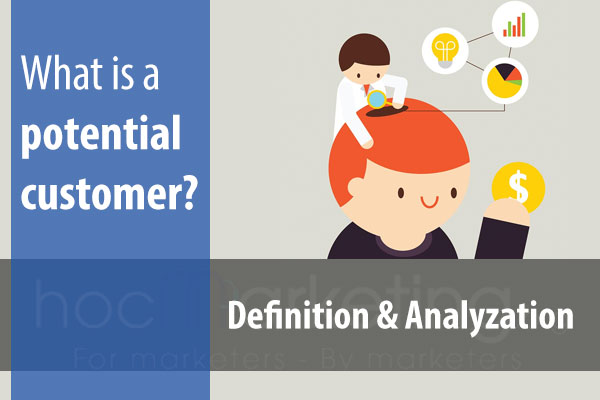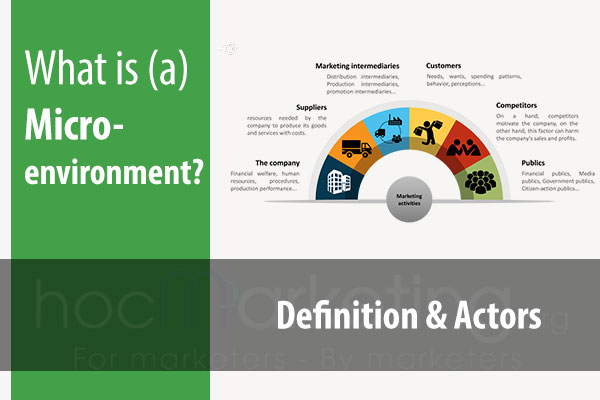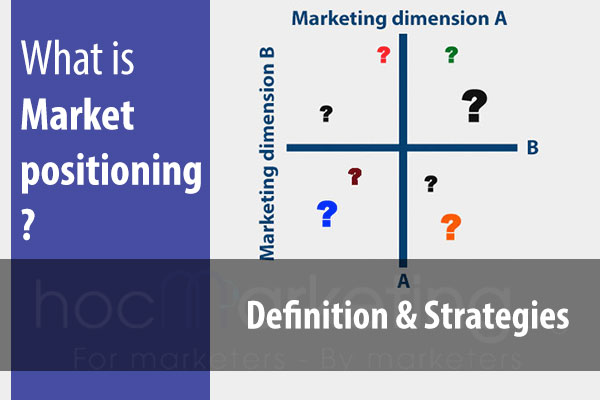
What is Macroenvironment? Forces and Examples

What is a Macroenvironment? How many forces are there in a Macroenvironment? What are they? Examples of forces in a macro-environment.
Definition of macroenvironment
A macroenvironment is a part of a company's marketing environment, which involves forces that shape opportunities and pose threats to the company's marketing ability.
Forces in a macroenvironment
There are totally 6 forces in a macroenvironment. They are: Demographic environment, economic environment, natural environment, technological environment, political environment, cultural environment.
The macroenvironment
1. The demographic environment
The demographic environment is one of 6 forces of the company's macroenvironment. It involves the population, age, gender, occupation, income, academic level, religion, ethnicity... of people who live in the area where the company locates or where the company's market share covers.
The demographic environment is of major interest to marketers because it involves people, and people make up markets. The world population is growing at an explosive rate. It now exceeds 7.3 billion people and is expected to grow to more than 8 billion by the year 2030. The world’s large and highly diverse population poses both opportunities and challenges.
At first, the demographic environment affects how a firm builds its marketing strategies in a consumer market. The firm may segment a market by demographic characteristics of customers inside that market. The firm can also design marketing offerings which satisfy well these customers' needs based on the demographic characteristics.
Later, changes in the demographic environment may bring an opportunity or threat to the company. Thus, marketers keep a close eye on demographic trends and developments in their markets They analyze changing age and family structures, geographic population shifts, educational characteristics, and population diversity.
For an example, let's look at a small change in the age structure of The US population. We may know "The Baby Boomers" - the generation which was born in the post-World War II (1946 - 1964). Now, in 2021, they are aging from 50s to 70s. Some firms have considered them as "old men", "old women" and switched to target younger generations. Others consider them as profitably potential customers. In fact, Boomers buy lots of products that help them deal with issues of aging—from vitamins to blood pressure monitors to Good Grips kitchen tools—they tend to appreciate marketers who appeal to their youthful thinking rather than their advancing age. Adults over 50 now account for 80 percent of luxury travel spending in America. Boomers are also digitally active and increasingly social media savvy. They are the fastest-growing shopper demographic online, outspending younger generations two to one. They are also the fastest-growing social media users, with an 80 percent surge in Facebook usage over the past four years.
2. The economic environment
The economic environment consists of economic factors that affect consumer purchasing power and spending patterns. Economic factors can have a dramatic effect on consumer spending and buying behavior. For example, until fairly recently, American consumers spent freely, fueled by income growth, a boom in the stock market, rapid increases in housing values, and other economic good fortunes. They bought and bought, seemingly without caution, amassing record levels of debt. However, the free spending and high expectations of those days were dashed by the Great Recession of 2008–2009.
Economic factors should be watched by marketers are:
- Taxes which may affect the company's product prices or incomes of its target customers
- Inflation which causes increases in prices of goods
- Recession which can cause damage to a national or worldwide finance.
- Income distribution which shows on average how much a customer can spend on purchasing.
- Interest rates which affect how much interest the firm must pay for its debts, or how much interest the firm can earn by saving.
Changes in major economic variables, such as income, cost of living, interest rates, and savings and borrowing patterns, have a large impact on the marketplace. Companies watch these variables by using economic forecasting. Businesses do not have to be wiped out by an economic downturn or caught short in a boom. With adequate warning, they can take advantage of changes in the economic environment.
3. The natural environment
The natural environment consists of the physical environment and the natural resources that are needed as inputs by marketers or that are affected by marketing activities. At the most basic level, unexpected happenings in the physical environment—anything from weather to natural disasters—can affect companies and their marketing strategies. For example, during a recent cold winter—in which the term polar vortex gusted into the American vocabulary—sales suffered across a wide range of businesses, from florists and auto dealers to restaurants, airlines, and tourist destinations. In contrast, the severe weather boosted demand for products such as salt, snowblowers, winter clothing, and auto repair centers.
Although companies can’t prevent such natural occurrences, they should prepare for dealing with them. For example, shipping companies such as FedEx and UPS maintain corps of meteorologists on their staffs to anticipate weather conditions that might inhibit on-time deliveries around the world. "Someone awaiting a package in Bangkok doesn’t care if it snowed in Louisville, Kentucky," says a UPS meteorologist. "They want their stuff".
At a broader level, environmental sustainability concerns have grown steadily over the past several decades. In many cities around the world, air and water pollution have reached dangerous levels. World concern continues to mount about the possibilities of global warming, and many environmentalists fear that we soon will be buried in our own trash.
4. The technological environment
The technological environment is perhaps the most dramatic force now shaping our destiny. Technology has released such wonders as antibiotics, robotic surgery, smartphones, and the internet. It also has released such horrors as nuclear missiles and assault rifles. It has released such mixed blessings as the automobile, television, and credit cards. Our attitude toward technology depends on whether we are more impressed with its wonders or its blunders.
New technologies can offer exciting opportunities for marketers. For example, what would you think about having tiny little transmitters implanted in all the products you buy that would allow tracking of the products from their point of production through use and disposal? How about a bracelet with a chip inserted that would let you make and pay for purchases, receive personalized specials at retail locations, or even track your whereabouts or those of friends? Or how about “beacon” technology that would do all those things using your smartphone? On the one hand, such technologies would provide many advantages to both buyers and sellers. On the other hand, they could be a bit scary. Either way, with the advent of such technologies as radio-frequency identification (RFID), GPS, and Bluetooth, it’s already happening.
Many firms are already using RFID technology to track products and customers at various points in the distribution channel. For example, Walmart has strongly encouraged suppliers shipping products to its distribution centers to apply RFID tags to their pallets. And retailers such as American Apparel, Macy’s, and Bloomingdales are now installing item-level RFID systems in their stores. Fashion and accessories maker Burberry even uses chips embedded in items and linked to smartphones to provide personalized, interactive experiences for customers in its stores and at runway shows.
5. The political - social environment
The political - social environment is, of course, consists of a political environment and a social environment.
- The political environment
The political environment consists of laws, government agencies, and pressure groups that influence or limit various organizations and individuals in a given society.
Even the strongest advocates of free-market economies agree that the system works best with at least some regulation. Well-conceived regulation can encourage competition and ensure fair markets for goods and services. Thus, governments develop public policy to guide commerce—sets of laws and regulations that limit business for the good of society as a whole. Almost every marketing activity is subject to a wide range of laws and regulations.
Understanding the public policy implications of a particular marketing activity is not a simple matter. In the United States, there are many laws created at the national, state, and local levels, and these regulations often overlap. For example, aspirin products sold in Dallas are governed by both federal labeling laws and Texas state advertising laws. Moreover, regulations are constantly changing; what was allowed last year may now be prohibited, and what was prohibited may now be allowed. Marketers must work hard to keep up with changes in regulations and their interpretations.
In many countries, laws and legislations are made for these reasons in a market:
- To protect companies from being unfairly competed by others. For example, In the United States, such laws are enforced by the Federal Trade Commission (FTC) and the Antitrust Division of the Attorney General’s office.
- To protect customers from unfair business practices. For example, the United States is working on new bills to prevent Big Tech (especially Facebook) from evading user privacy. On the other hand, governments in developing countries are working hard to prevent faked or low-quality products transferred on the market.
- To protect the interests of society against unrestrained business behavior. Profitable business activity does not always create a better quality of life. Regulation arises to ensure that firms take responsibility for the social costs of their production or products. For example, when some firms are making a lot of profits in the steel market, they are also leaving heavy pollution to the natural environment.
New laws and their enforcement will continue to increase. Business executives must watch these developments when planning their products and marketing programs. Marketers need to know about the major laws protecting competition, consumers, and society. They need to understand these laws at the local, state, national, and international levels.
- The social environment
The social environment consists of rules of morality, rules of conduction which are built and kept by each society. The environment is a force which encourage the company to be ethical and responsible.
Enlightened companies encourage their managers to look beyond what the regulatory system allows and simply “do the right thing.” These socially responsible firms actively seek out ways to protect the long-run interests of their consumers and the environment.
Almost every aspect of marketing involves ethics and social responsibility issues. Unfortunately, because these issues usually involve conflicting interests, well-meaning people can honestly disagree about the right course of action in a given situation. Thus, many industrial and professional trade associations have suggested codes of ethics. And more companies are now developing policies, guidelines, and other responses to complex social responsibility issues.
6. The cultural environment
The cultural environment consists of institutions and other forces that affect a society’s basic values, perceptions, preferences, and behaviors. As we can see, people's beliefs and values are shaped by the culture of the society where they live in and grow up. They absorb a worldview that defines their relationships with others. The following cultural characteristics can affect marketing decision making. For example, many Asian people believe that their luck and fates are control;ed by some gods and all they should do is praying. On the other side, most Western people believe that they create their own luck and fates.
People in a given society hold many beliefs and values. Their core beliefs and values have a high degree of persistence. For example, most Americans believe in individual freedom, hard work, getting married, and achievement and success. These beliefs shape more specific attitudes and behaviors found in everyday life. Core beliefs and values are passed on from parents to children and are reinforced by schools, businesses, religious institutions, and government.
Secondary beliefs and values are more open to change. Believing in marriage is a core belief; believing that people should get married early in life is a secondary belief. Marketers have some chance of changing secondary values but little chance of changing core values. For example, family-planning marketers could argue more effectively that people should get married later than not get married at all.
Although core values are fairly persistent, cultural swings do take place. For example, the world culture now have a better support for women's rights than it has had in the past. Women now have better roles in a family or society. They have voices. They can go to work. They can vote or even take a position in many governments.
For many decades, popular music groups, movie personalities, and other celebrities have extremely strong impacts on young people’s hairstyle and clothing norms. Marketers want to predict cultural shifts to spot new opportunities or threats. The major cultural values of a society are expressed in people’s views of themselves and others as well as in their views of organizations, society, nature, and the universe.
